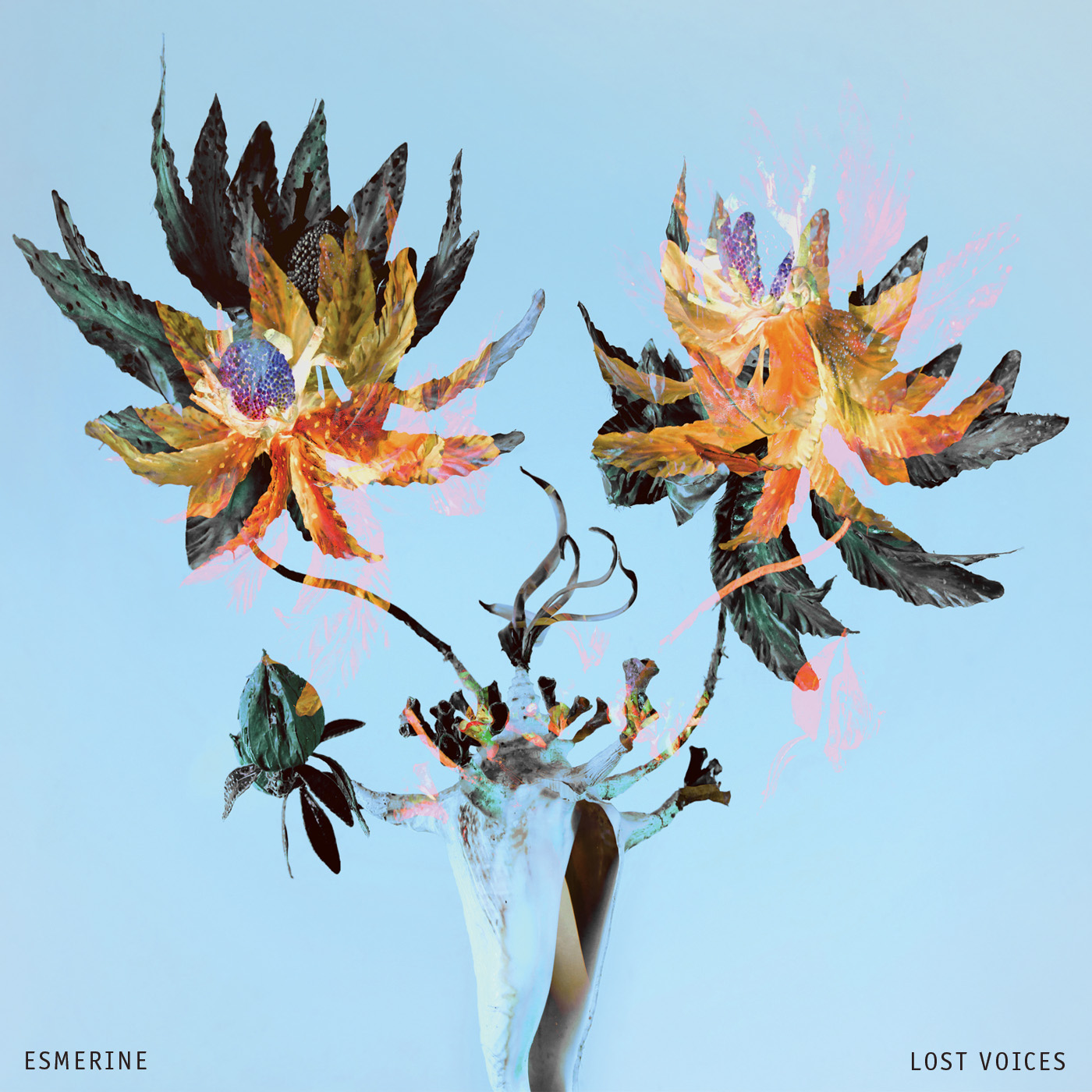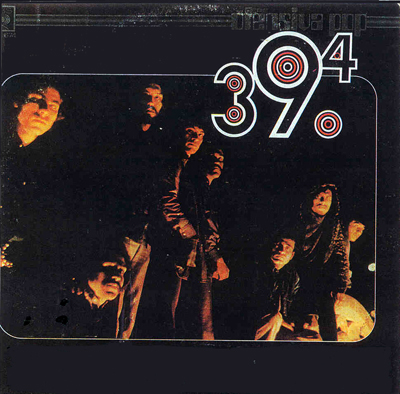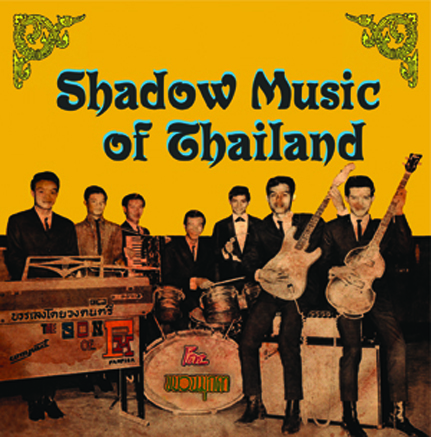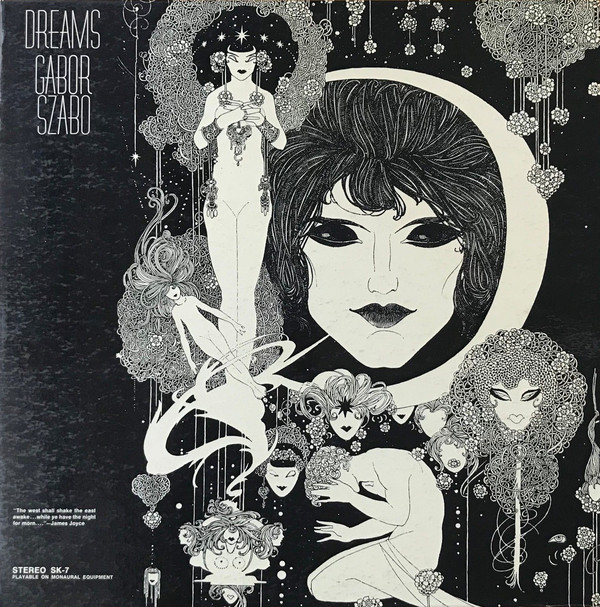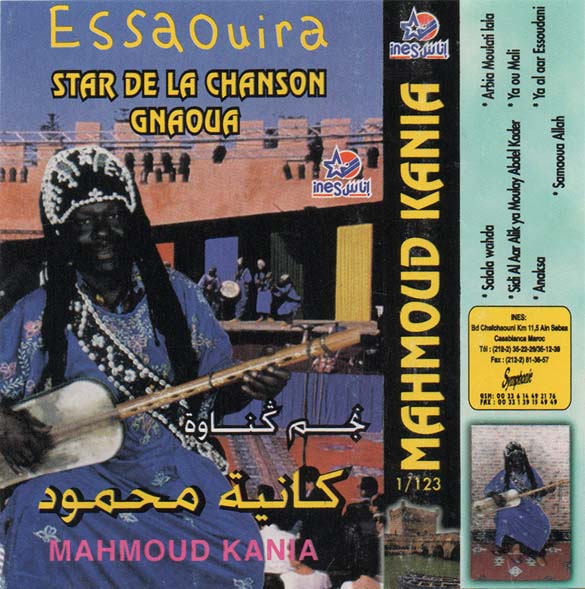Episode 15
Episode 15 originally appeared September 17, 2018.
Tracklisting:
01) "Funambule (Deus pas de Serein)" by Esmerine.
From the 2015 album Lost Voices.
Montreal, Quebec.
According to the All-Knowing Pedia: "Esmerine is a Canadian modern chamber music group that incorporates genres such as drone music, post punk, and Turkish folk." You might know the group's core duo Bruce Cawdron (drums) and Beckie Foon (cello) from Godspeed You! Black Emperor and Thee Silver Mt. Zion and other such musical endeavors. Foon has also recorded as Saltland.
02) "Jusqu'à Ce Que La Force De T'aimer Me Manque" by Catherine Ribeiro + Alpes.
From the 1972 album Paix.
France.
Catherine Ribeiro + Alpes were a French band formed in 1968 by Catherine Ribeiro and guitarist Patrice Moullet and featuring a rotating cast of other members. The group operated pretty well within the folk/psych-folk/psychedelic regions of the music map.
03) "Mana" by Poll.
From the 1972 album Poll.
Greece.
Kostas Tournas and Robert Williams were childhood friends who started playing music together in 1964. The group put out several albums and remains widely known in their home country, though international success eluded them.
Browse the group's page at Discogs.
04) "Ciuadad Express" by 39.4.
From the 1972 album 39.4.
Guadalajara, Jalisco, Mexico.
39.4 was a Mexican jazz-funk-psychedelic band. While many of their contemporaries were considered straight-ahead rock bands, 39.4 was known for their sense of musical exploration, blending genres and leaning heavily into jazz and psychedelic music.
Browse the group's discography at Discogs.
05) "Y Me Quede Con Maria" by Los Freddys.
From the 1972 album 39.4.
Guadalajara, Jalisco, Mexico.
Believe it or not, another release from 1972 Guadalajara, Jalisco, Mexico. That place was cooking! And not just because of the desert. Los Freddys was formed in 1962 by five school friends and the band contained no members named Freddy (José Luis Tapia Coronado (guitarist), his brother Fernando Tapia Coronado (bass), Ricardo (vocalist), Artemio Chávez (requintista) and Valentín Terrones (drummer). However, the band members would apparently try to pick up girls by introducing themselves as "Freddy." We're not sure how well this formula worked. But we know the music works.
Browse the group's discography at Discogs.
06) "Luk Tunk Klong Yao" by The Son of P.M.
From the 2008 album Shadow Music of Thailand.
Thailand.
There was a 1960's British instrumental group known as The Shadows (also known as Cliff Richards & the Shadows). Then, later in the 1960's there was a movement within Thai popular music emulating The Shadows. This music became known as "Shadow Music of Thailand." The music centered around incorporating Traditional Thai melodies with "the Shadow treatment;" incorporating rock, surf, a-go-go, exotica, soul, blues, and Latin elements.
07) "Galatea's Guitar" by Gábor Szabó.
From the 1968 album Dreams.
Budapest, Hungary.
Gábor Szabó was a Hungarian guitarist. He began playing guitar at the age of 14 and when he was 20, after the Hungarian revolution of 1956, he moved to America to attend Berklee College of Music in Boston. Though often known as a jazz musician, Szabó incorporated rock and psychedelic music into his playing.
08) "Fofo Denba" by Mahmoud Kania.
From the 2000 cassette Star de la Chanson Gnaoua (Ines 1/123).
Morocco.
According to the fine folks over at the Pedia: "Gnawa singer in Salé, Morocco. Gnawa music (Arabic. غْناوة or كْناوة) is a north african repertoire of ancient African spiritual religious songs and rhythms." We're pretty sure that Mahmoud Kania and Mahmoud Guinia are the same person.
Moroccan Tapestash describes the album this way: "Sounds drop in and out: Indian tabla and bol drum syllables, jaw harp, darbuka, English recitation, guinbri, gong, digeridoo, and various other sounds." Mahmoud Guinia was a Moroccan Gnawa musician, singer and guembri player, who was traditionally regarded as a Maâllem, or, a "Master." We agree.
Download the album at Moroccan TapeStash.
Here’s the updated map. To switch between episodes, use the window-toggle thing on the upper-left side. This week’s artists are aqua-marine mappy-points.


